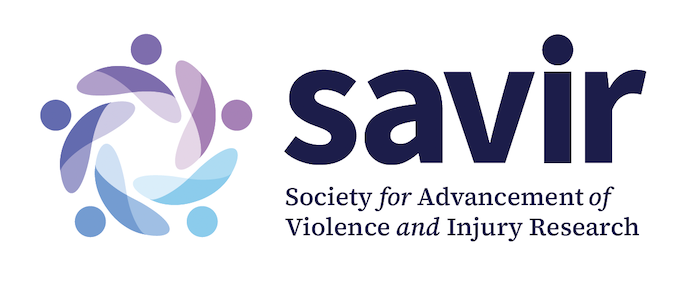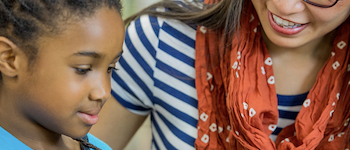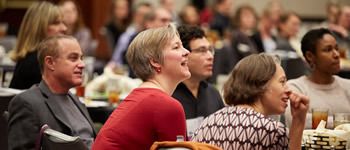Complete Story
08/07/2020
Member spotlight – Renee M. Johnson, PhD, MPH
Renee M. Johnson, PhD, MPH; Associate Professor
Johns Hopkins Bloomberg School of Public Health
Dept. of Mental Health
Tell us about your areas of interest within injury and violence prevention. Why did you decide to pursue a career in this field?
I was introduced to the field of injury and violence prevention when I was a rising senior in college. I applied to a summer research program at UNC, the “Summer Pre-Graduate Research Experiences” program. I did not get in! However, I asked the program director if I could join the program even if I couldn’t be paid and he said yes! That summer I worked at the UNC Injury Prevention Research Center under the direction of Mike Bowling and Carol Runyan. My job was to abstract data from death records so the information could be put into a dataset. This was 1995, before death data were fully computerized. I spent days in a room full of folders at the Office of the Chief Medical Examiner. I was pulling records on child homicide victims, aged 0-3, and there were others in the office pulling records on other types of injury deaths, especially occupational deaths. I abstracted data on things like: who was the perpetrator, were there old injuries, where did the death or injury take place, etc. The data I abstracted was later used by the NC Child Fatality Review Team to think about gaps in services that leave young children vulnerable to abuse.
Despite the sad topic, I had a wonderful experience and the logic of public health appealed to me. Gather data, understand the problem, make changes. I was hooked.
How did you become interested in your focal areas?
I’ve studied many different types of injuries. When the focus on child maltreatment got too emotionally difficult, I moved to unintentional injuries, including sports injury and home injury. I’ve also studied gun violence, suicide, partner violence, bullying, and fighting. These days, I’m mostly focused on research at the intersection of violence and substance use.
How long have you been a member of SAVIR? How are you involved now?
I first joined SAVIR when it was initially founded, although I had about a 10-year lapse in membership! Currently, I am on the Board and I lead the Training & Infrastructure Committee with Lara McKenzie.
As the injury and violence prevention field faces the realities of 2020, what changes do you think are most important to see in our research institutions?
I think it’s critical that the field of injury and violence enhances our understanding of how structural factors – including structural racism and social disadvantage – shape risk for the exposures that lead to injury and violence. I’m looking forward to working with those in other fields to refine methods for considering how social factors impact injury and violence risk, and crafting structural interventions to prevent mortality and morbidity.
What is your favorite part about being involved with SAVIR?
I really like the people who are involved with SAVIR. SAVIR just feels like home to me. It’s really important to me that new members feel included. If you come to a meeting and don’t feel a part of anything, please come to me and I’ll introduce you to others and make sure that you get the most out of our great group.
What do you like to do in your free time?
Right now, I’ve been spending time playing Minecraft with my nephew who lives in another state. He is an only child and he’s been lonely during this pandemic. When he made a swimming pool with a fence all the way around it, I nearly cried. See, this is a comment that only injury people will understand!




